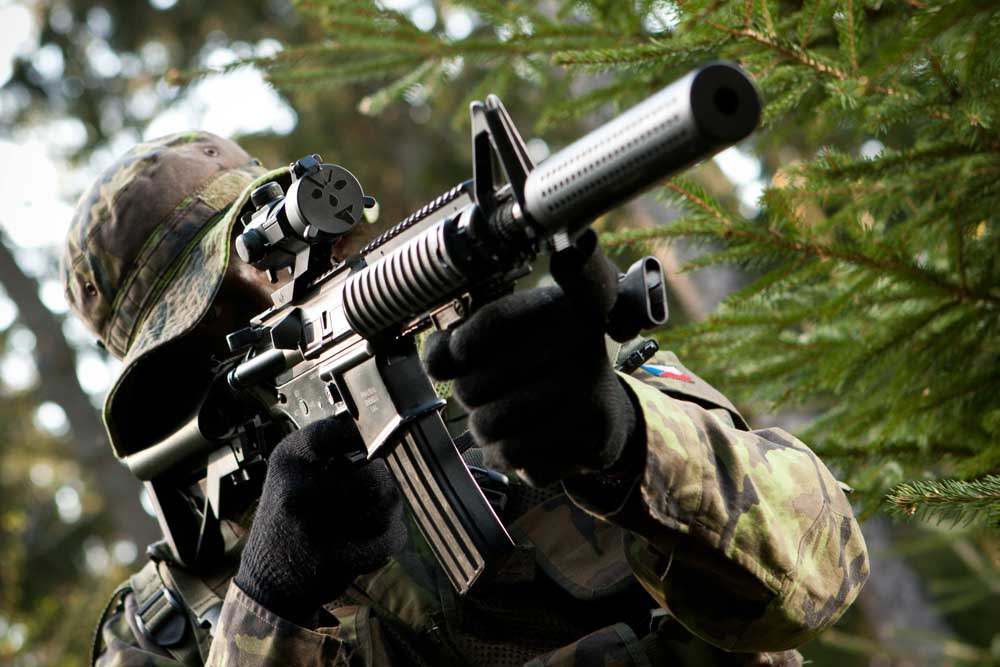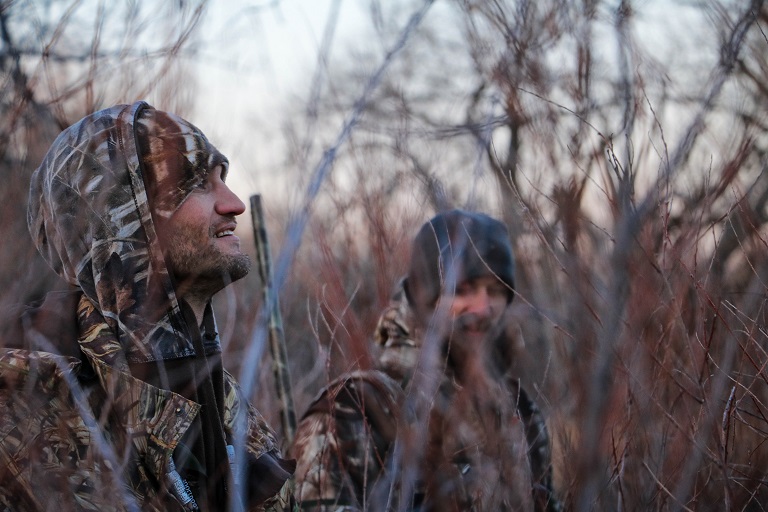
2nd Mar 2016
The History of Airsoft
Airsoft is a sport enjoyed by millions of people in countries all over the world due to the competitive nature of the games and the non-lethal but highly authentic replica firearms equipped by players.
In addition, many people take great pride in amassing large collections of premium, customised airsoft guns and this alone has become somewhat of an internet sensation, with internet forums populated by enthusiasts from all walks of life.
Airsoft originally began in the mid-1970s in Japan due to the restrictions enforced by gun laws at the time.
During this period, it was illegal for any individual living in the country to own a conventional firearm. The introduction of airsoft guns firing 6mm or 8mm plastic BB pellets provided a safe medium for Japanese citizens with aspirations of owning a gun collection.
Airsoft guns began as spring-powered, passive (non-electric) weapons which meant the achievable FPS was incredibly low when compared with ballistics weapons of the ‘70s.
This helped create airsoft as we know it today, as these weapons allowed owners to partake in non-safe, competitive games against their friends whilst staying within the realms of the law.
As a result of their approval within Japanese society, airsoft weapons become increasingly popular and eventually spread to other Asian countries with similarly strict gun laws including Korea, Taiwan and China.
Moving into the 1980’s, advancements in technology instigated the arrival of gas powered or blowback guns into the market. These weapons were similar to the previous, spring-powered version but, instead, used ‘green gas’ as the propellant force to fire BB pellets.
Green gas is a gas specifically created for use in airsoft guns which allows BBs to be propelled at a higher feet per second whilst still being completely safe to use against players with adequate body protection.
The incorporation of gas a as a propellant force in airsoft guns may have been inspired by airguns which also use a similar system to fire projectiles from the barrel and these had been in use since around the 1400s.
Despite their similarities, airguns and airsoft guns are intended for entirely different purposes. The use of metal BBs and much higher velocities makes airguns unsafe for use in sports and they are, instead, utilised predominantly amongst hunters.
This innovation afforded owners of blowback weapons with much greater power and accuracy and this further drove the intensity and realism of the sport.
During the ‘80s, airsoft’s popularity still resided predominantly in Asian, but it soon expanded to Western countries such as the UK and US.
Whilst they are completely separate games, the development of paintball also helped fuel the airsoft community growth as more and more people began to partake in gun-based action sports.
Airsoft is arguably seen as a more immersive and simulative gun sport than paintball which adds to its allure amongst so many people.
Furthermore, airsoft has grown to include an ‘honour system’ whereby players raise their hand and leave the battle area once they are hit. This is necessary as, otherwise, there is no way to tell if a player has landed a shot - unlike in paintball where a mark is left on skin/clothing upon impact.
This extends to the sheer number of replica firearms which are available in the market. There are a multitude of manufacturers producing incredibly realistic imitation versions of many weapons used in actual military conflicts such as AK-47, HK416, SCAR-H and many more.
As a result of their amazing resemblance to the real models, some states in the US require airsoft guns to have an orange tip installed on the barrel in order to differentiate them from lethal firearms.
In the UK, Realistic Imitation Firearms (RIFs) can only be purchased if a person meets specific criteria and, for airsofters, the requirement is for the individual to play airsoft for a minimum of three days in two month period.
If the criteria are not met, RIFs can still be purchased but they must be supplied in specific, bright colours. These are commonly bright green and bright blue.
In the present day, airsoft weapons are also used by a number of law enforcement agencies in the US to provide training for current and prospective police officers.
There have been strong advances in airsoft technology and players can now choose between three main gun types: spring, electric and blow back. Each of these utilise different propellant systems blowback arguably being the most authentic to real military guns.
Similarly, there are also a huge market for gun modifications and attachments, allowing players to customise their favourite far more than was ever possible. These include laser sights, scopes, and grenade launchers and many of these can also help improve the performance of a player’s gun.
Another fundamental development in modern airsoft guns is the incorporation of a ‘hop-up’ mechanism in most guns. This can be manually altered by the player to change the level of backspin applied to the BB pellet which, in turn, will flatten its trajectory and increase the effective range.
